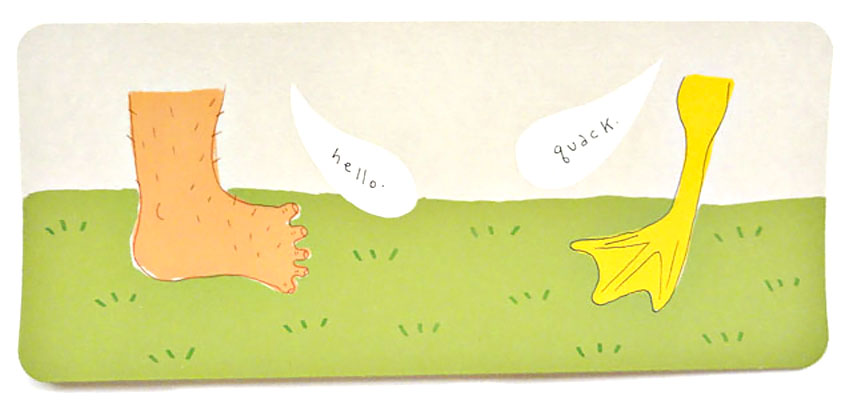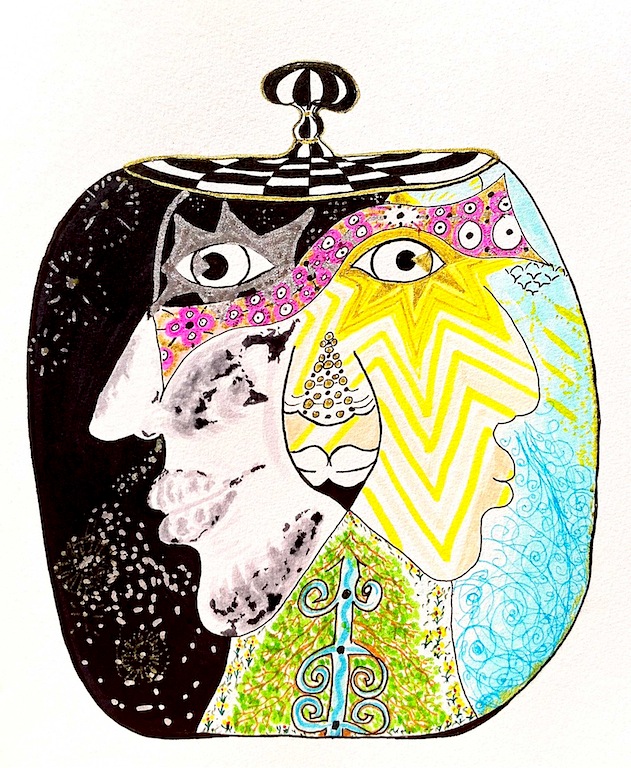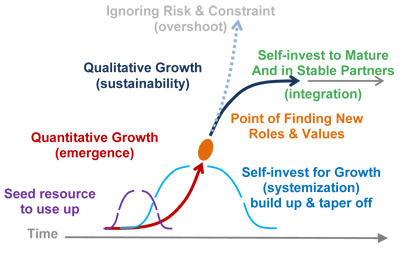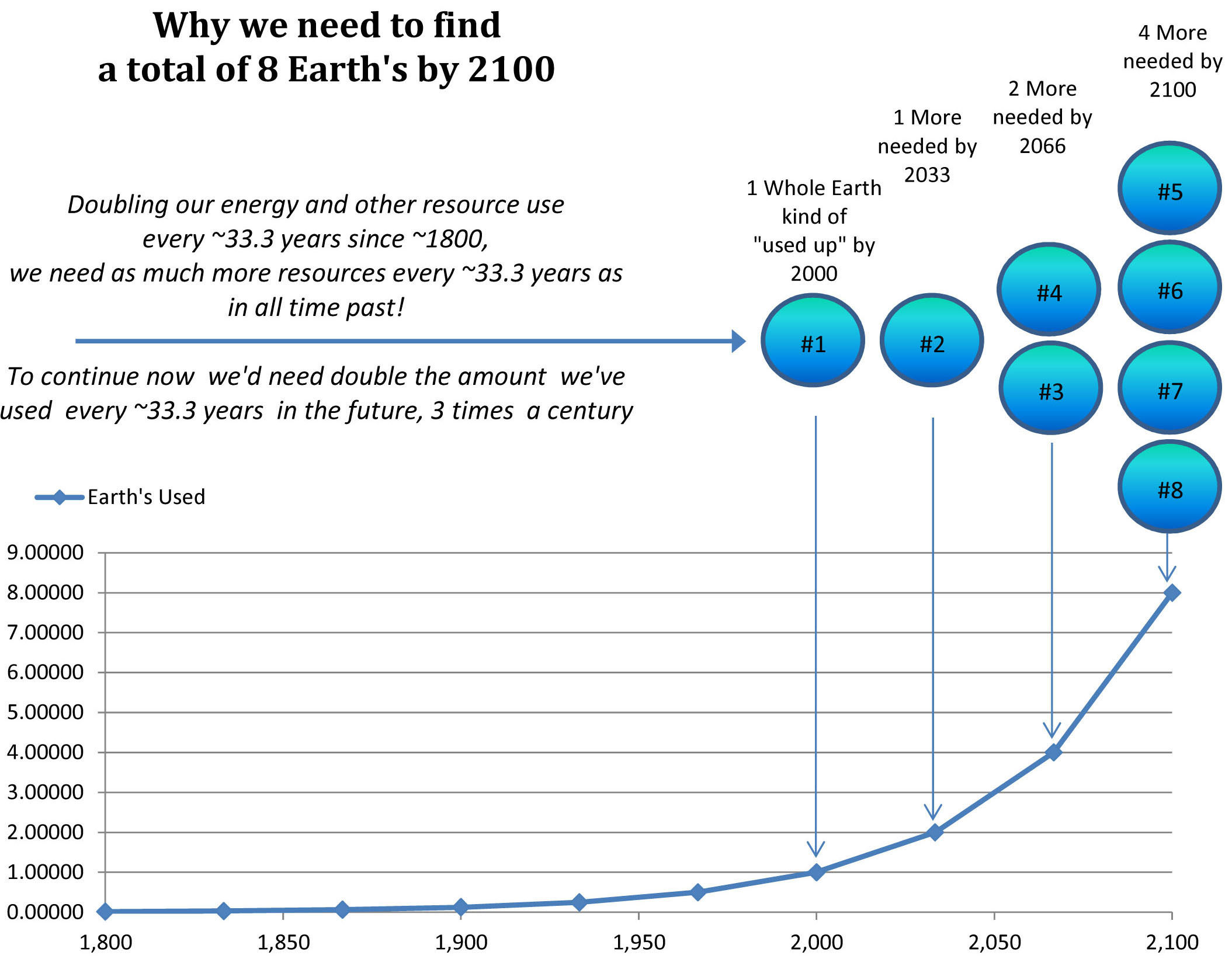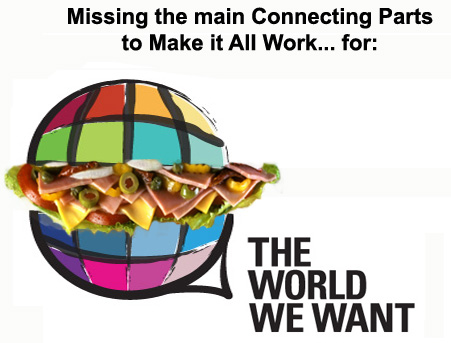The following list of 12 principles of ecological thinking seemed missing from consideration in the comments of UN member nation delegates and others at recent meetings led by the UN, in its major effort obtain a consensus on sustainable development goals (SDG’s) for 1) eliminating widespread poverty, 2) responding to climate change and 3) maintaining steady economic growth for all… for framing the UN Post2015 development plans. The good reception I got mentioning couple of these to some of the experts at the meetings prompted me to send them an email with this longer list.
The changes needed in the world economy are SO massive, eliminating endemic cultures of poverty for 1/8 of humankind, doubling the size of the world economy while cutting fossil fuel use back to ~1960 levels, in ~30 or so years, is “a very full plate” agenda. One might see it as more of a full emergency global economic rebuilding, to save the earth.
The UN leadership prepares extensively for such meetings, providing briefing documents and inviting very expert speakers, generally all show clear efforts to consider the true complexity of intervening in cultural/economic/environmental systems for making such big changes. The UN doesn’t make a real effort to educate the delegates or other participants as systems thinkers, though, to understand and be able to discuss the real nature of the complex problems we face in proposing to rearrange the human ecosystem.
Feeding but not directing the thinking of others, does mark a conservative approach to intervening in the social and political cultures the UN serves, though, and is quite traditional at the UN. I think today ecological thinking has advanced some, and the problem we face has changed a lot. So now that conservative approach comes at some real cost. It allows a low level recognition of our real problems by world decision makers to persist, and important false directions to go unchecked. Everyone seems to agree we have little time to discover the errors we’re making in our use of the earth and getting them straightened out. ed 4/30/13
______
Colleagues, I was delighted to get positive reactions from thought leaders as you each are, at the UN OWG-2 meetings last week, to my pointing out key principles of natural systems not being considered by the delegates. I thought I’d summarize a list of 11 of them, from my notes on the meetings while the week is fresh in our minds. I represent the Commons Cluster in the NGO Major Group, and this is part of my own work in that group.
I first noticed the first five this week, while carefully listening for the questions the delegates were consistently not asking. The other six are one’s I’ve studied carefully for decades. They’re mostly very logical, perhaps even obvious, but missed by people tending to think and talk in terms of our own social purposes, ethics and values. So asking what choices are on “nature’s menu” of options is honestly just overlooked.
Because they don’t automatically connect to social values, yet at least, lots of people also respond as if these natural principles are just “too far out to consider”. So these may seem “a little far out”. I think are quite accurate descriptions what’s on nature’s menu of options and rather relevant to our work, though.
- We talk about “not crossing planetary boundaries” in the future, with world resource prices rising for a decade, problems emerging of increasingly unmanageable complexity, and conflicting interests tying our hands with indecision, all indicating we crossed the boundary well in the past.
- We want both “sustainable development” and “economic development” overlooking the conflict, one being for cultures learning to create wealth with their own resources, and the other for cultures learning to create wealth with growing amounts of other people’s resources.
- We talk about growth for “curing poverty” when it’s now causing it and worsening debt crises, with growing competition for limited resources that takes limited supplies from lower profit sectors to give to higher profit sectors, visibly accelerating as supplies hit more severe limits. Continue reading Missing Principles of Ecological Thinking – in plans for the Earth



